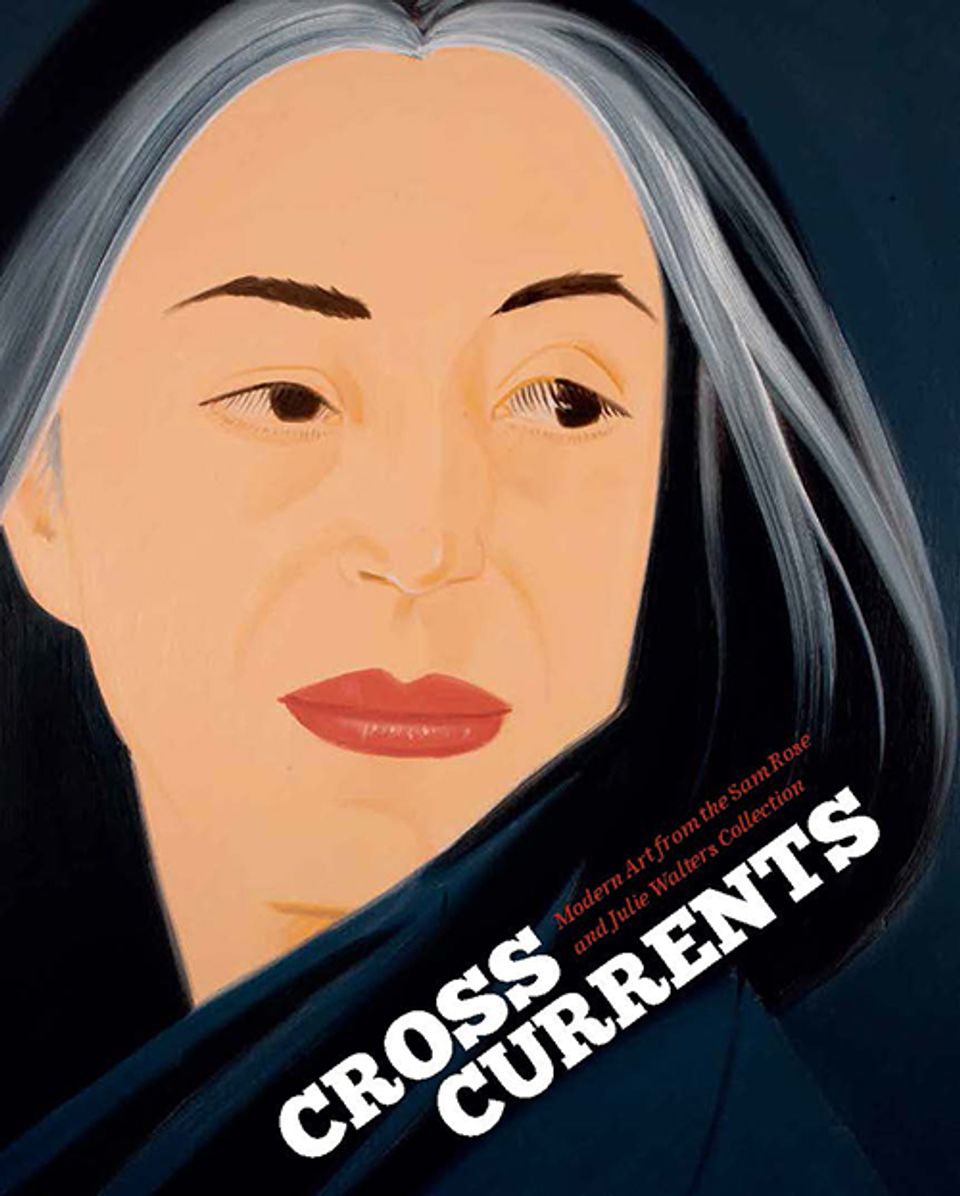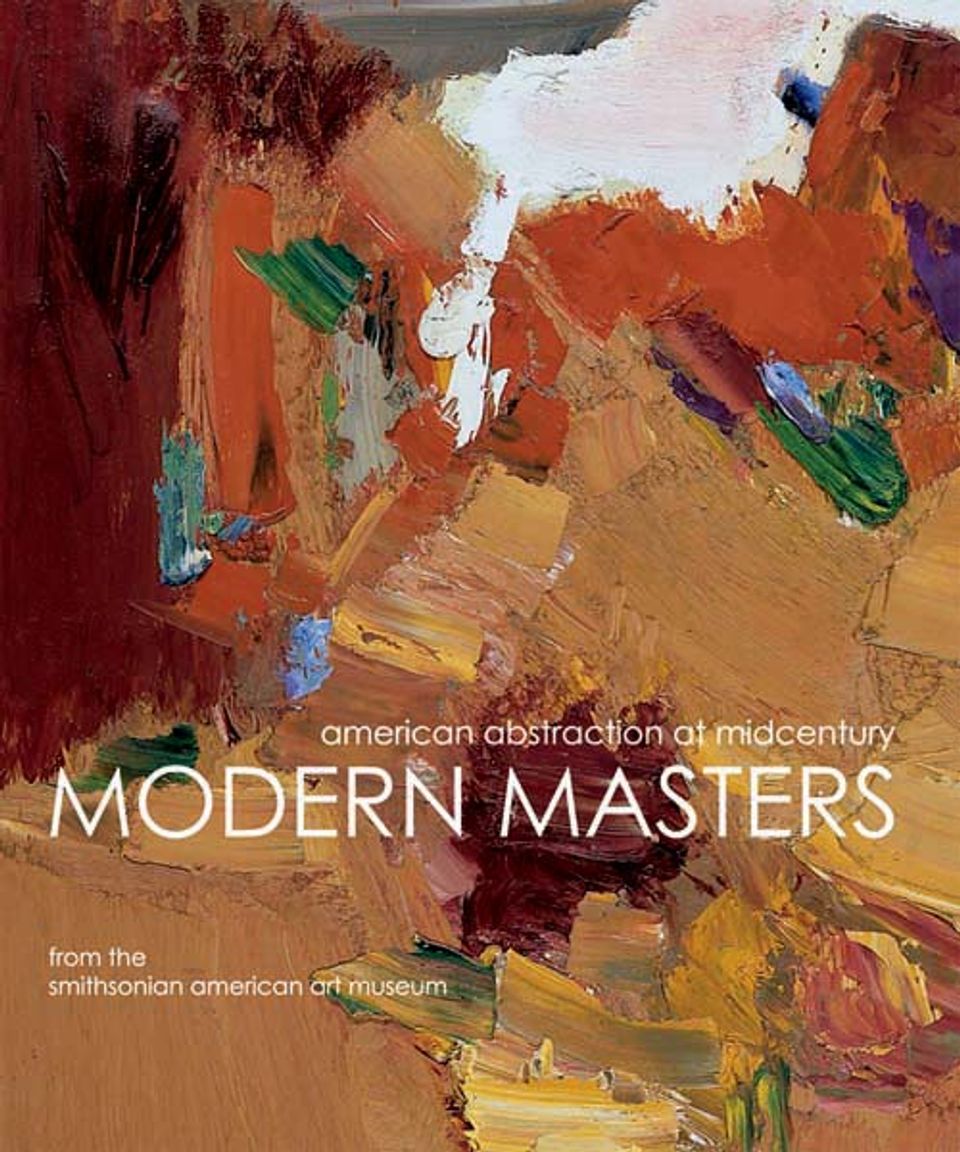Richard Diebenkorn
- Also known as
- Richard Clifford Diebenkorn, Jr.
- Born
- Portland, Oregon, United States
- Died
- Berkeley, California, United States
- Active in
- Santa Monica, California, United States
- Albuquerque, New Mexico, United States
- Biography
Born in Oregon, lives in California. Influential artist who won early fame for his abstract paintings but also inspired a return to figurative work through pictures he produced starting in the 1950s.
Charles Sullivan, ed American Beauties: Women in Art and Literature (New York: Henry N. Abrams, Inc., in association with National Museum of American Art, 1993)
- Artist Biography
Richard Diebenkorn earned a BA at Stanford University and an MA at the University of New Mexico. While serving in the Marine Corps during World War II, he had the opportunity to visit the Phillips Collection in Washington, D.C., where he was deeply impressed by the paintings of Bonnard, Picasso, Braque, and especially Matisse. Shortly thereafter he began to paint his first abstractions.
Resettling in the San Francisco area in the late 1940s, he began to work in an Abstract Expressionist style, influenced by the work of Willem de Kooning. However, at the height of Abstract Expressionism in the 1950s, Diebenkorn startled many critics by turning to figuration. Along with David Park and Elmer Bischoff, he gave a significant boost to figurative and landscape painting in the Bay Area during the 1950s and 1960s. Diebenkorn's indifference to East Coast art-world trends manifested itself once again in the 1960s. At a time when Pop Art was ascendant, Diebenkorn was focusing on abstraction. Moving to Santa Monica in southern California in 1966, he began the "Ocean Park" series of paintings—lyrical abstractions that evoke the special quality of light and landscape in California—for which he is most renowned.
National Museum of American Art (CD-ROM) (New York and Washington D.C.: MacMillan Digital in cooperation with the National Museum of American Art, 1996)















